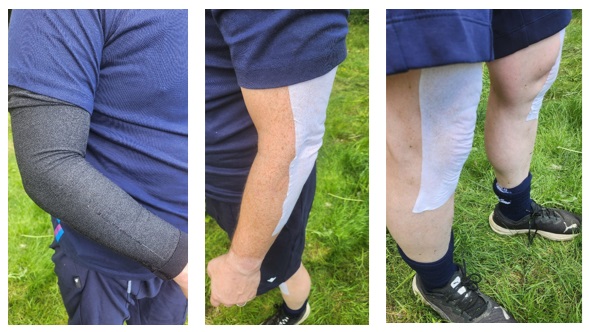Skin injury prevention and the importance of skin surveillance
No change in practice will be successful without compliance by both staff and patients. A comprehensive skin health educational program which covers the awareness of skin injuries and early intervention should be made available to your team and management to promote rapid healing and to avoid further complications.
Prevention
The healthier and stronger a tissue is, the more adaptable and resistant to injury by external forces it is. In the case of the skin, this means maximising the thickness, health and flexibility of the tough keratinised epidermal layer. This can be achieved by good nutrition, but most practically, by regular moisturising of at-risk areas such as knees, elbows and thigh with a regular emollient or aqueous moisturiser.
Although supplementation for proteins such as collagen or other specific protein derivatives is often promoted, for the majority of players there will be little added benefit over a generally healthy athletic diet. Note. Care must be taken to avoid an inadvertent ingestion of a banned product.
Moisturisers generally come in three types:
- Occlusives. These are barrier creams that prevent water loss. e.g., Sudocrem
- Emollients. These soften the smooth the skin by lubricating the rough dehydrated edges of the keratinised epithelium and filling gaps between them
- Humectants. These agents attract water from the air to help hydrate the skin.
Generally, emollients are the most preferred to help the skin stay smooth and flexible as they protect against injuries by filling in the gaps between dry flaky surface cells.
External skin protection
External layers of support can be utilised providing they comply with Law 4. E.g.,compression garments, protective taping over joints, or petroleum jelly over joints.
These help by creating an area of low friction for when contact with the pitch occurs.
 At risk parts can be protected such as by applying fixation tape over joints or by wearing protective underlayer clothing.
At risk parts can be protected such as by applying fixation tape over joints or by wearing protective underlayer clothing.